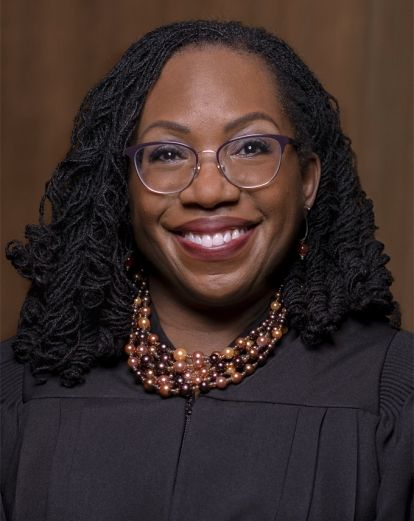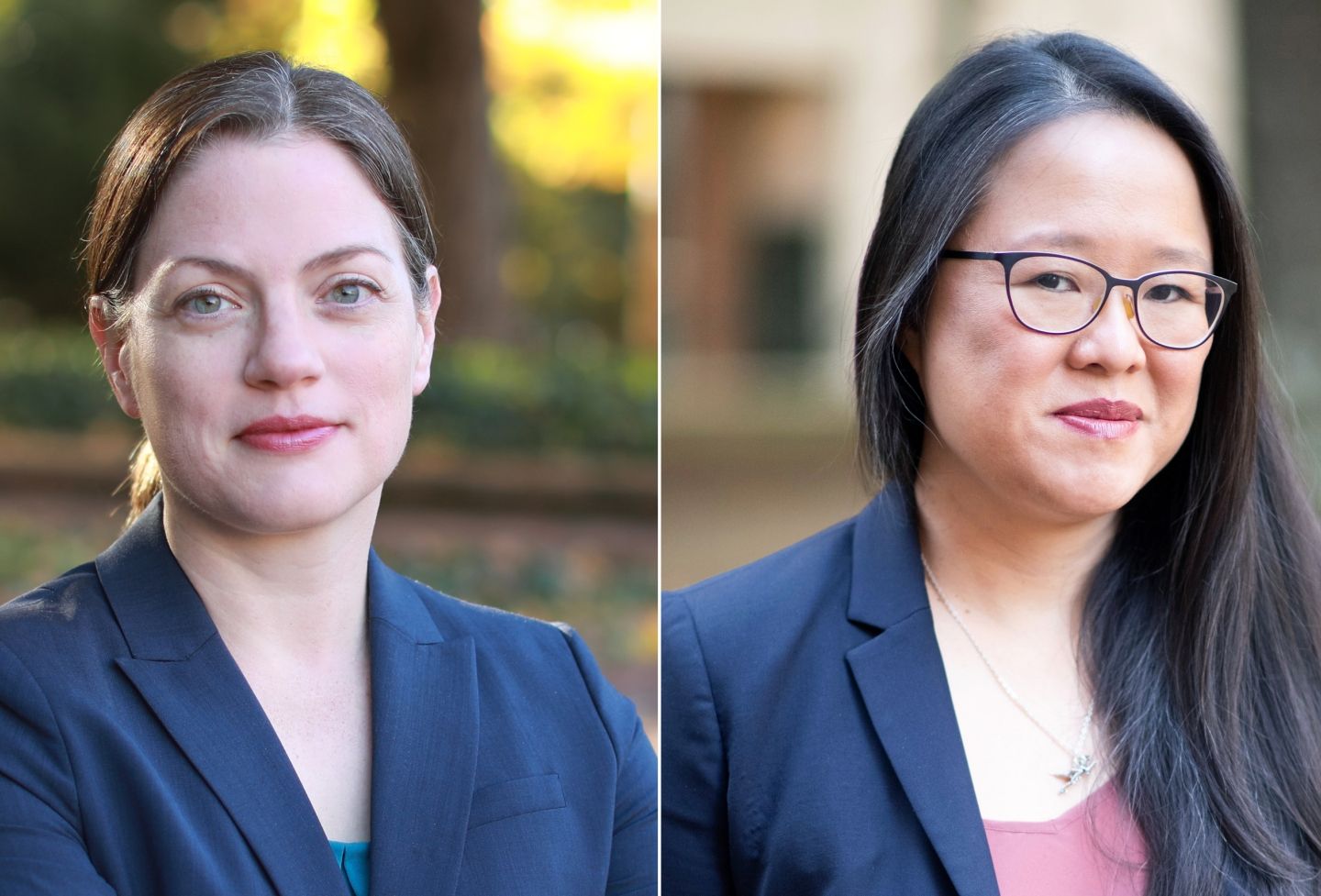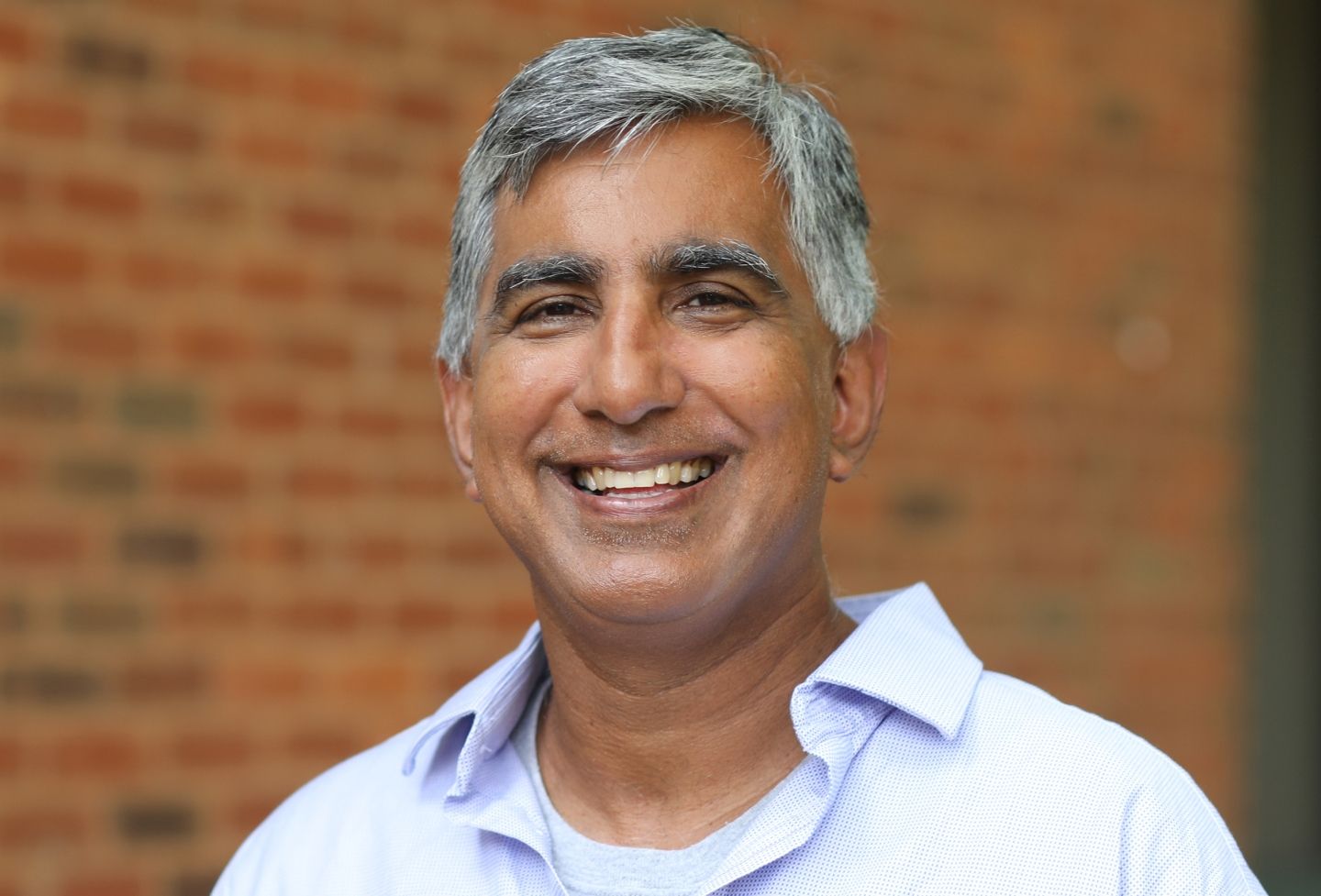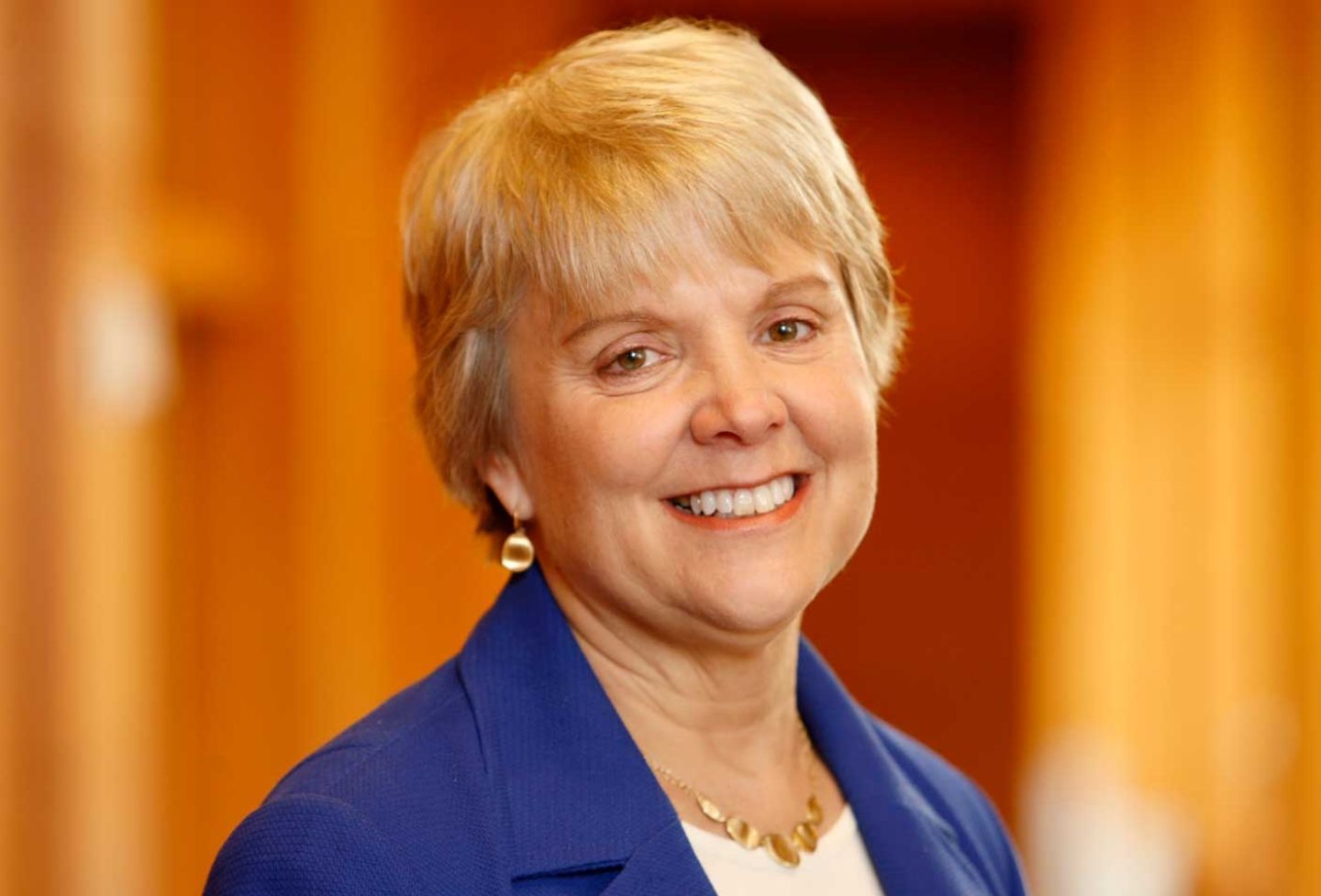The U.S. Supreme Court building, completed in 1935, is packed with literal and allegorical symbols, from the 17-foot-high bronze entrance doors, whose bas relief carvings illustrate the evolution of Western jurisprudence, to the decorative details that symbolize justice, knowledge and the rights of man.
For the 12 University of Virginia School of Law students who visited the building in March as part of a class, though, one of the court’s most powerful symbols was the woman who had invited them to meet her in an inner sanctum to talk about her path to becoming the first Black female Supreme Court justice.

“When Justice [Ketanji Brown] Jackson was appointed, it was like being reminded that even if just 2% of the legal field are Black women, there is someone who looks like me at the absolute top of the legal profession,” said Nina Worth, a third-year student who was on the trip. The class helped her realize “there’s really nothing that can hold me back except for myself and me not seeing the true value of where I fit in with this profession.”
That was the kind of inspirational moment that Professor Kimberly Jenkins Robinson — Jackson’s law school roommate at Harvard — had hoped to create for the 12 students in her Seminar in Ethical Values class, who all happen to be women. The evening class was designed to examine the lives and contributions of the female justices of the U.S. Supreme Court, analyzing the ethics, traits and experiences that shaped them and led them to the pinnacle of the legal profession.
“I thought that learning more about the women of the Supreme Court, and their career and personal paths that led to the court, would provide vital life lessons to our current students and give them insights and encouragement that would help them make wise decisions on their own paths,” said Robinson, who directs the school’s Education Rights Institute. “I also thought their lives would be inspiring to our students and to me.”
Worth signed up for the seminar because it would be her last opportunity to take a class from Robinson, under whom she studied Education Law and worked as a research assistant. Others, like Emma McLaughlin ’24, enrolled because they had heard “such incredible things” about Robinson and wanted to form a closer relationship with a female professor — a theme that both Robinson and Jackson would emphasize.
When the students registered for the class, they knew they would be studying the women of the Supreme Court — but they had no idea they would be meeting one.
Each student was responsible for leading one evening discussion, in Robinson’s home, about each female justice. Worth chose Jackson.
Mid-term, Robinson surprised the class when she informed them they would be going to the Supreme Court to meet the justice in person. Five weeks later, the students were touring the 98-year-old Supreme Court building, learning about its history, architecture and symbolism. Worth stood at the lectern — just a little more than a foot away from the chief justice’s seat — and contemplated the judicial decisions that had affected the trajectory of her own life, including Brown v. Board of Education (ending school segregation) and Reed v. Reed (holding that laws discriminating against women violate the 14th Amendment).
For McLaughlin, the moment brought to mind her grandfather, who had argued at the Supreme Court when she was a child.
“It was really special for me to get to stand there and imagine him in that moment,” McLaughlin said. “I don’t know where my career will take me — probably not to the Supreme Court — but that was special. And Justice Jackson represents a part of the law that I want to be part of and a future that I can now see myself in.”
From there, the group piled into an old-fashioned operator-controlled elevator to ride up to the court library’s main reading room, paneled in hand-carved oak. In the library, they heard some breaking news: Katharine Janes, a 2021 graduate of UVA Law, would be clerking for Jackson in the fall — the fifth member of her graduating class selected as a Supreme Court clerk.
“We have so much respect for Justice Jackson, and we were just wowed that she’s finding value in us and hiring from among us,” Worth said.
It was also striking to them that Janes, like Jackson, had been a public defender.
“It’s something not many Supreme Court clerks do before clerking,” McLaughlin said. “It really shows how Justice Jackson thinks about and approaches her role slightly differently than some of the other justices, and is really carving out space for people with less traditional backgrounds.”
For their final stop of the tour, they waited in a conference room to meet the newest associate justice.
Jackson appeared wearing a dress, eschewing the black robe Worth and others had grown accustomed to seeing her wear in photos.
“People think justices live in this ivory tower, but she just felt very real,” Worth said. “She has gravitas about her — this air and this light that’s extraordinary — but she also just feels like a real human being.”
Contemplating what she would ask Jackson, Worth thought back to Jackson’s contentious confirmation hearings, which took place during Worth’s first year of law school. She remembered Sen. Cory Booker bringing Jackson to tears with his closing remarks, in which he called her his “harbinger of hope.”
Worth asked Jackson what that moment meant to her. “She said she had tried not to cry, but after days of tough questioning — and 111 Supreme Court justices before her — she could not help it.”
Jackson lightened her response by disclosing that she had internally chided herself because Vice President Kamala Harris had specifically coached her not to cry.
The students broke out into knowing laughter at that, as handling emotions had been a recurring theme in their seminar, according to Haley Gorman ’24.
“Especially as young women, we can kind of be taught that being overly emotional is a minefield that you don’t want to stray into,” Gorman said. “Those conversations have given us space to be vulnerable with each other and talk about our worries and anxieties.”
Jackson and Robinson both emphasized the importance of developing and maintaining authentic long-term relationships with law school friends and mentors — including professors — and making sure that any would-be partner is supportive of your goals, Gorman and the others said.
Witnessing the 30-year friendship between the justice and the professor — two women at the pinnacle of their professions — was particularly inspiring for the students, they said.
“I was just playing pingpong in my classmate’s parents’ basement, and now I wonder what cool things she’ll be doing in 30 or 40 years,” Gorman said. “I don’t know anybody who’s totally predicted how law school or their careers will go for them, but it’s neat to know that they’re going to go on to do wonderful things and I’ll be like ‘Oh yeah, I’ve known her since law school!’”
Founded in 1819, the University of Virginia School of Law is the second-oldest continuously operating law school in the nation. Consistently ranked among the top law schools, Virginia is a world-renowned training ground for distinguished lawyers and public servants, instilling in them a commitment to leadership, integrity and community service.


